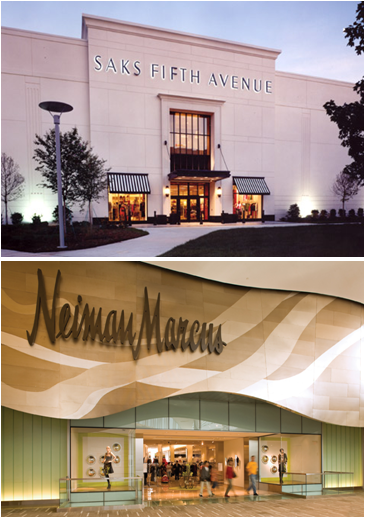By Doug Stephens
As the recession drags on, it’s become clear that few in the retail sector are being spared its wrath. In separate stories this week, New York icon Saks Fifth Avenue and super-luxe retailer Neiman Marcus conceded to just how bad the situation has become. 
With both chains bleeding double-digit sales and profit declines, strategic shifts are taking place that go to the very heart of their respective value propositions. These changes, unless carefully managed, could have lasting negative implications for both brands.
For example, the once venerable Saks is now using gift cards and lower priced merchandise to coax aspirational customers back to their stores. They also reported a 52 percent increase in their use of coupons, a sales tool that until recently was a foreign concept at Saks.
Neiman Marcus has likewise called for fundamental changes to its assortments in order to provide lower priced, entry point products for hesitant shoppers. The chains’ luxury vendors have been tasked with supplying lower cost versions of designer collections. As further incentive to buy, customers are being given extra points on their loyalty cards and gift cards for future purchases. To make matters worse, neither chain sees a quick recovery in sight and are in fact bracing for a long road back to pre-crisis sales levels.
The decision to move down-market will likely come as good news to that percentage of consumers who might not otherwise visit a Saks or Neiman Marcus. What’s less certain is the reaction of core customers – the elite shopper– without which, neither chain could have become what it is today.
While even discount pricing at Neiman Marcus or Saks is still well outside the means of the average American, it can’t help but to impact the air of exclusivity that surrounds their names. And if scarcity and exclusivity do in fact breed luxury, then one has to wonder if these chains are taking a dangerous step toward obscurity. As always, time will tell

